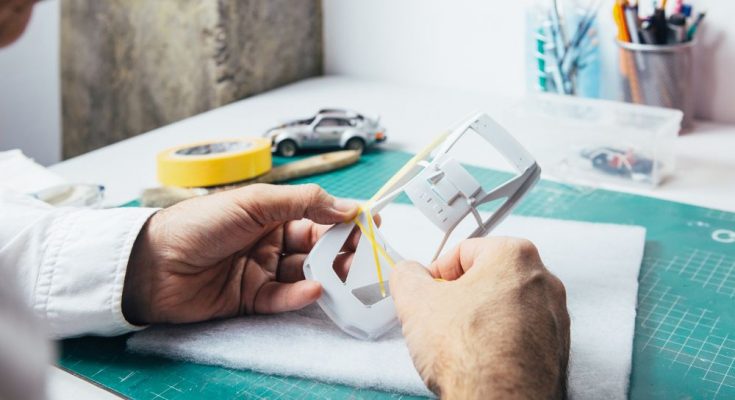Model cars are miniature makes of cars that are much more different than the toy cars you can purchase at your local grocery store. These model cars have high levels of detail and accuracy, making them look like you have shrunk a real car down to a smaller scale.
Many people who consider themselves car enthusiasts will collect model cars so they can own their favorite makes. The best part is that you can even reupholster and make alterations to your model car. Here are some helpful tips for painting your model cars.
Meticulous Cleaning
Before you begin, it is a good idea to clean every area of your model car meticulously; this will help avoid any streaky finishes or mishaps when painting. You may use a microfiber cloth or paintbrush to remove any dust. You should consider wearing cloth gloves during this process, as it will keep you from leaving any fingerprints or smudges.
Prime Your Car
You can’t dive right into painting; you must prime your car first—it is one of the most crucial steps to creating a sleek and stunning finish. To prime your car, you must sand every piece you’re going to paint. Usually, you can remove certain pieces, which should make handling and sanding easier.
After sanding down those surfaces, you will apply a high-quality primer. A helpful tip for painting your model cars is to work under a LED light; this will allow you to notice any dents, scratches, or areas you missed when applying primer or paint.
Consider the Size
You will likely use acrylic paint on your model car, so it is important to know that acrylic paint usually comes in small quantities. That is why you must consider the different sizes of your model cars, as you will need more paint for a 1:24 scale versus a 1:18 scale car. You don’t want to be in the middle of painting only to find yourself running low or completely out of paint. As such, consider the size of your model car—you might want to purchase a couple of backup paints just in case.



